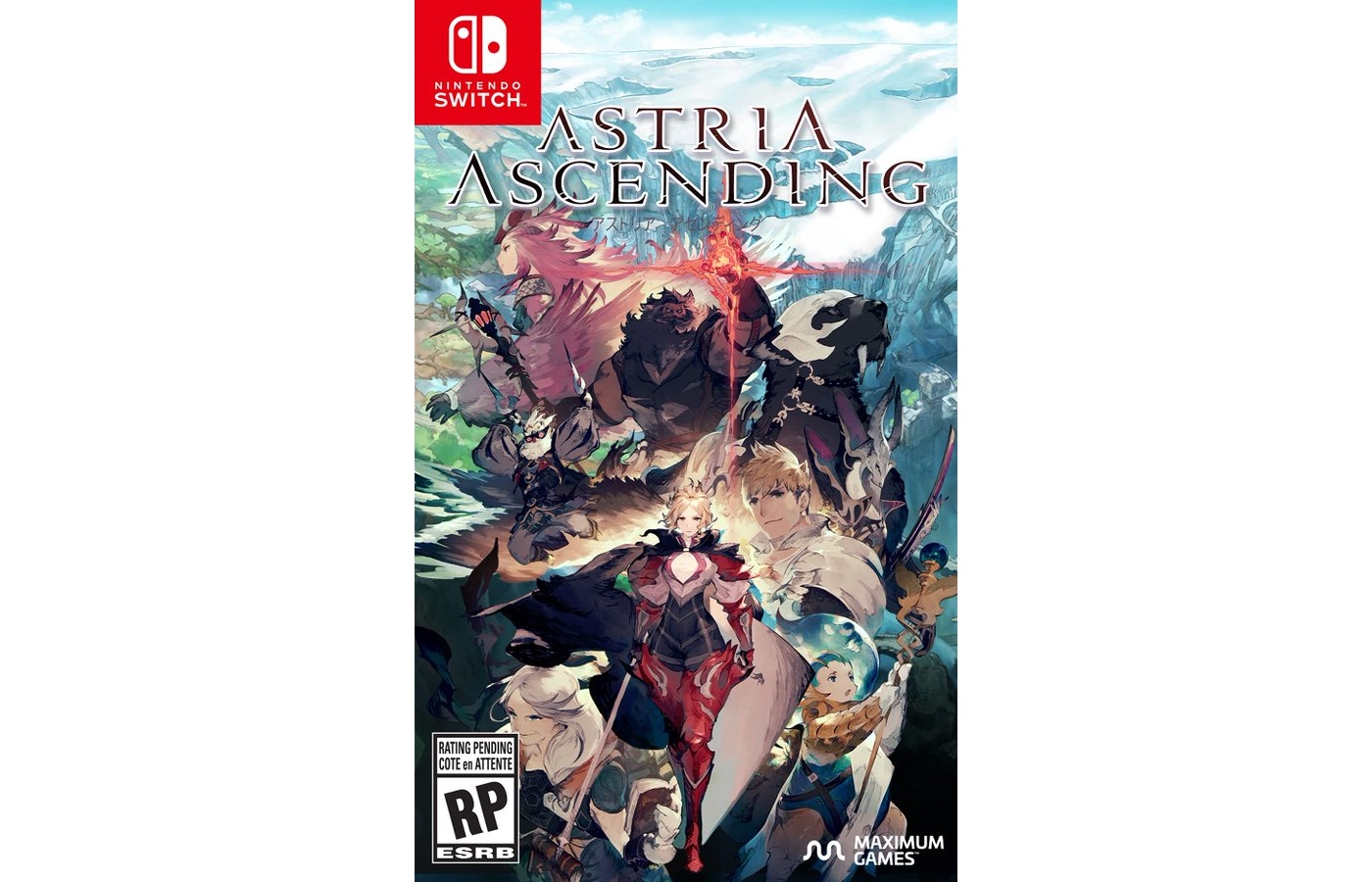
All dungeons, towns, and environments are arranged on a strict 2D plane, which sounds restrictive at first, but proves to have some nice depth over time. Your missions will take you all over the land of Orcanon, which is laid out in a fashion vaguely reminiscent of the world of Child of Light. It would’ve been better if Astria Ascending either trimmed the cast down to four or so, or structured the story around slowly introducing each of the members so you could better understand each character and how they relate to one another. Having all of them present from the beginning like this isn’t impossible to pull off, but it requires skilled writing to give every member of such a relatively large main cast a compelling reason to be there and to feel like the gang is more than just a collection of mannequins. In this respect, Astria Ascending is a good example of why most JRPGs will slowly introduce party members to you as the story goes on. Captured on Nintendo Switch (Handheld/Undocked) Characters feel shallow and most of them rarely contribute anything meaningful to whatever the current cutscene is about, which leads to lots of moments where this whole posse comes in to talk to one person and most of them just stand around looking tough or chime in with one or two comments that don’t add anything to the discussion. Eventually, you can start to piece things together and make sense of it all, but your experience with the story never feels like you organically got to know and care about these characters and the world they’re in.įor a JRPG, that can be a rather damning issue, and it doesn’t help that the writing itself falls rather flat. This is clearly a dense world with all kinds of interesting potential, but it very much feels like Astria Ascending is the third or fourth entry in a long-running series.

This entirely new world, complete with all kinds of races, rules, and Very Important Capitalized Words you aren’t privy to, is foisted upon you with hardly a word of exposition.įurthermore, all eight of the demigods are immediately introduced together after having served in their roles for almost three years, and you’re just kind of expected to infer how everyone knows and feels about each other. The world itself and the plot set within certainly seem interesting and original enough, but the main problem with Astria Ascending is that it doesn’t offer the player a very compelling way into this narrative. Each of them represents one of the eight main races that live in Orcanon, and being a demigod brings with it great power and prestige, but there’s a slight catch: after three years, all the demigods die and are replaced by another eight that make up the next class.

See, in Orcanon, the world is largely at peace because of a magical fruit called Harmelon that causes people to live in harmony with each other, but things naturally don’t always go according to plan, which is what the demigods are for. Some may be wary of the mobile game origins here, but we’re happy to report that this feels like a quality, feature-complete JRPG that you should give a fair shot.Īstria Ascending takes place in the land of Orcanon, wherein you play as an ensemble cast of demigods called “The Fated Eight”. This reworked version essentially deconstructs the original release and rebuilds it in a way that feels more in line with typical RPGs.

Now, that project has been revived by Super Neptunia RPG developer Artisan Studio and reimagined for modern consoles as Astria Ascending. Though it was originally slated to arrive in some form on the PlayStation consoles of the time, this console project never got off the ground and was subsequently cancelled.

In late 2015, a new game came to iOS called Zodiac: Orcanon Odyssey, offering up a reasonably high-quality classic JRPG experience.


 0 kommentar(er)
0 kommentar(er)
